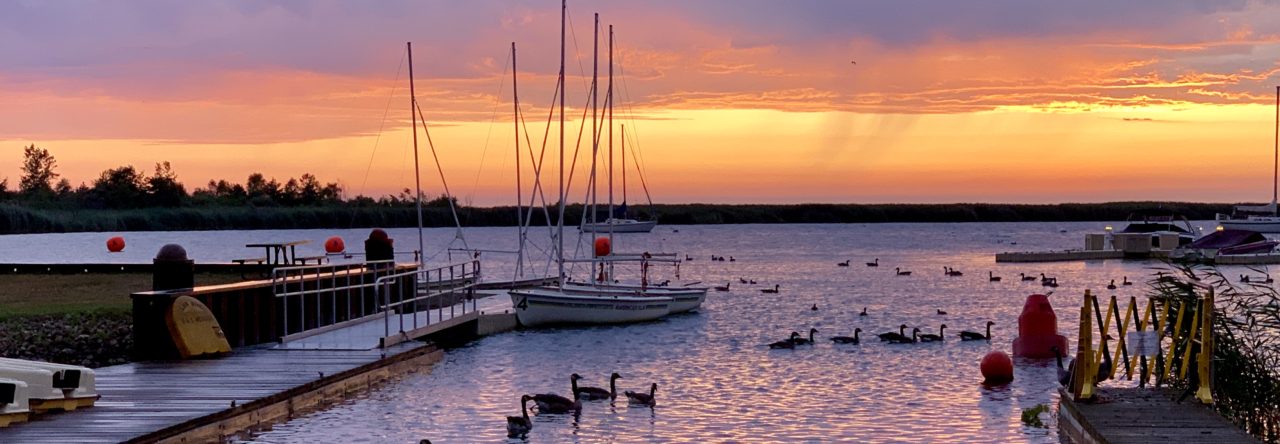As I have already addressed, Yokohama is the second largest city in Japan and located half way between Yokosuka and Tokyo. With the size and summer heat in mind, we decided to pick 3 points of interest to explore today.
- Cup Noodle Museum
- Yokohama Brewery
- Yokohama Landmark Tower
The total walking distance was about 5km. All three were fantastic, albeit for different reasons.
To start the day, we took the train to Yokohama and then transferred to get a little closer to the action.

First stop, Cup Noodles Museum. At the museum, you learn about the inventor Momofuku Ando. He is regarded as a Japanese elite inventor. On par with other famous people pictured below.

Momofuku Ando

A few note worthy greats. Including Dave Dwyer.
At the museum, you can create your own Cup Noodle recipe and container. We each made one for our two friends under the age of three. Surprise!

After coloring the container, you select the flavors and watch as they are sealed.

Flavors and additives

Our creations

Cup Noodles being shrink wrapped.
The final fun part to the museum is having a chance to visit the Noodles Bazaar and sample noodles from around the world. All samples just ¥300 – $3.00.
I opted for the Korean cold ramen. Great on a summer day.

We posed for a quick photo and were ready for a beer. Off to the Yokohama brewery!

We walked to the brewery and were happy to enjoy a few pints of American Beer & the best ramen I have eaten since we arrived. This particular ramen had extra seaweed. Seaweed is to ramen as a pickle is to a burger. Salty yummy goodness. Extra seaweed in this ramen made me extra happy.

Nom Nom Nom

Dave with the founder (on a flag) of Yokohama Brewery

Tap list in Japanese
Our final destination was the Yokohama Landmark Tower. The tower is the tallest building in Yokohama. It contains a hotel, a HUGE shopping mall and observation deck. The observation deck is on the 69th floor and provides 360 degree views of the city. On a clear day, Mt. Fuji is visible. Unfortunately, today was hazy. For ¥1000 or $10.00 each, we were able to take an elevator to the top and enjoy a Heineken and the view.

The tower is also famous for the role it plays in Godzilla movies. A little baby Godzilla greeted you when you came off the elevator.

Our beers.

So bright and sunny! Heineken was our only draft beer option.

Mt. Fuji in the background under all of the clouds.
I consider the day a success. It was really hot walking around so we wander through shops with air conditioning to cool down. The walking distance was perfect on a hot day. I would consider all of these points of interest viable parts of Julia’s Yokohama tour.




































































